 Almyra Street Scene
Almyra Street Scene
Entry Category: Counties, Cities, and Towns - Starting with A
 Almyra Street Scene
Almyra Street Scene
 Almyra Street Scene
Almyra Street Scene
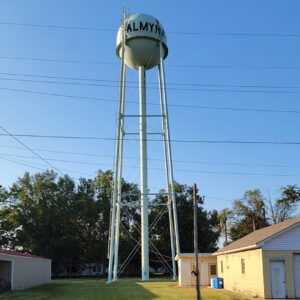 Almyra Water Tower
Almyra Water Tower
Alpena (Boone and Carroll Counties)
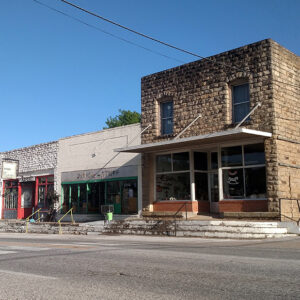 Alpena Street Scene
Alpena Street Scene
Alpine (Clark County)
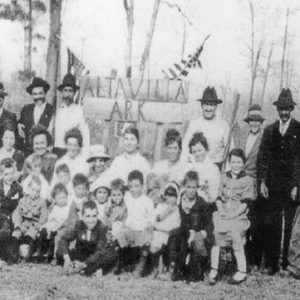 Alta Villa Families
Alta Villa Families
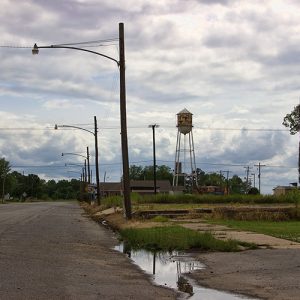 Altheimer
Altheimer
Altheimer (Jefferson County)
 Altheimer Bank
Altheimer Bank
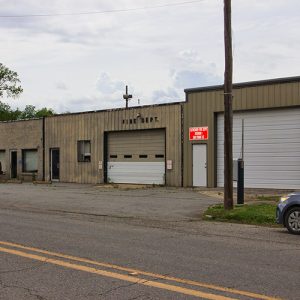 Altheimer Fire Department
Altheimer Fire Department
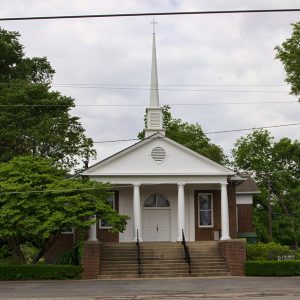 Altheimer Methodist Church
Altheimer Methodist Church
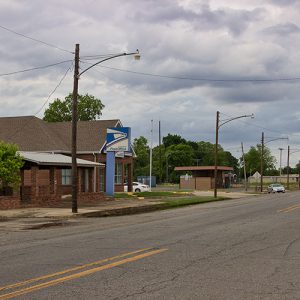 Altheimer Post Office
Altheimer Post Office
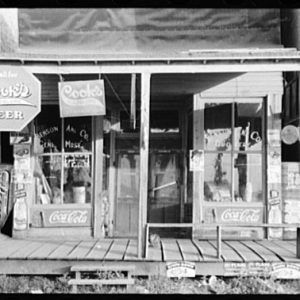 Altheimer Store
Altheimer Store
Altus (Franklin County)
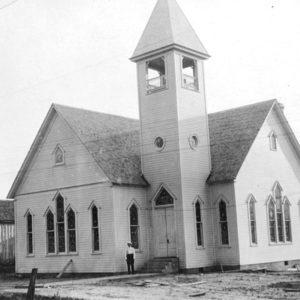 Altus Church
Altus Church
 Altus Depot
Altus Depot
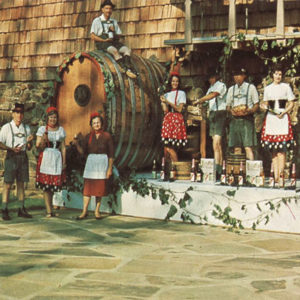 Altus Grape Festival
Altus Grape Festival
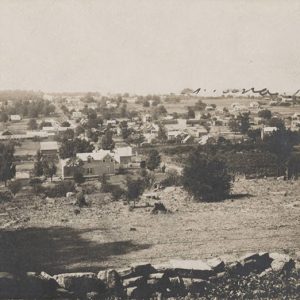 Altus View
Altus View
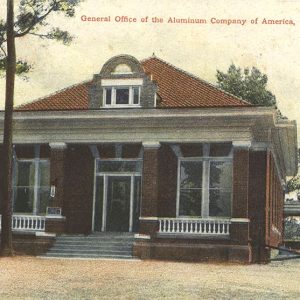 Aluminum Company of America
Aluminum Company of America
Amagon (Jackson County)
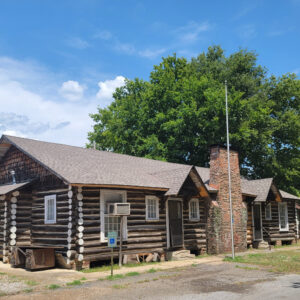 American Legion Hut
American Legion Hut
 American Lumber
American Lumber
Amity (Clark County)
 Amity Access
Amity Access
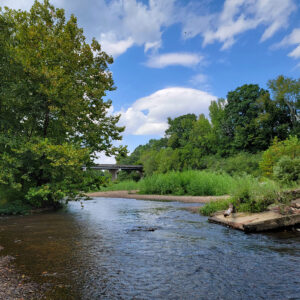 Amity Access
Amity Access
 Amity Boat Launch
Amity Boat Launch
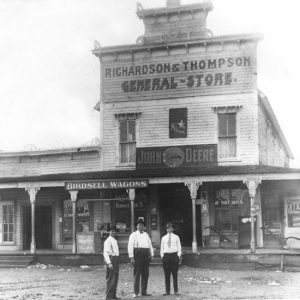 Amity General Store
Amity General Store
 Amity School
Amity School
 Amity School
Amity School
 Amity Street Scene
Amity Street Scene
Anderson (Scott County)
Anderson Flat (Marion County)
aka: Verona (Marion County)
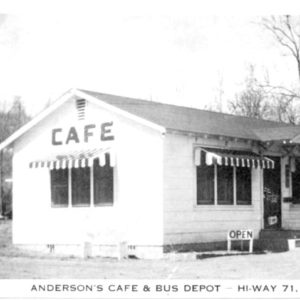 Anderson's Cafe
Anderson's Cafe
 Anderson's Esso
Anderson's Esso
 Animal Displays
Animal Displays
 Anthony Timberlands, Inc.
Anthony Timberlands, Inc.
Anthonyville (Crittenden County)
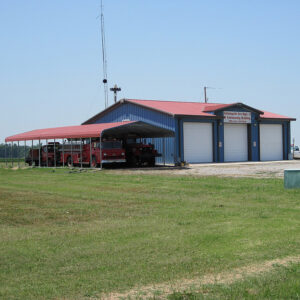 Anthonyville Scene
Anthonyville Scene
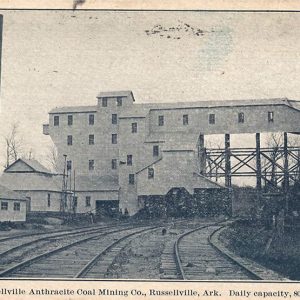 Anthracite Mining
Anthracite Mining
Antioch (Hot Spring County)
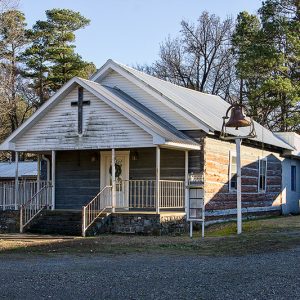 Antioch Baptist Church
Antioch Baptist Church
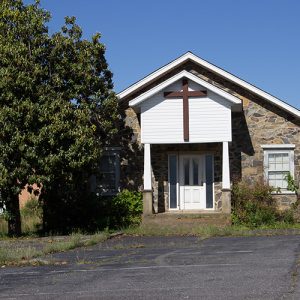 Antioch Baptist Church
Antioch Baptist Church
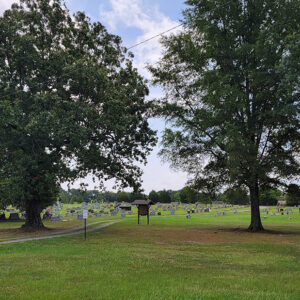 Antioch Cemetery
Antioch Cemetery
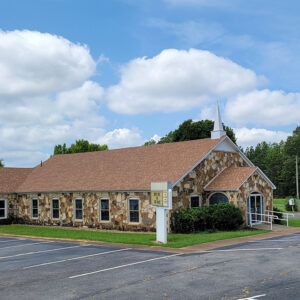 Antioch Church
Antioch Church
 Antioch Fire Department
Antioch Fire Department
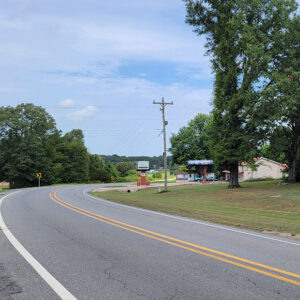 Antioch Street Scene
Antioch Street Scene
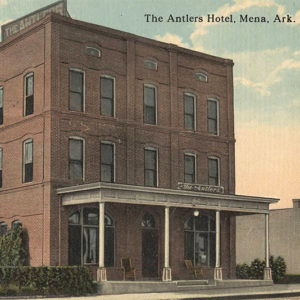 Antlers Hotel
Antlers Hotel
Antoine (Pike County)
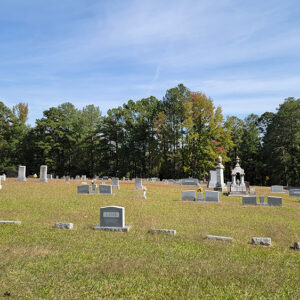 Antoine Cemetery
Antoine Cemetery




